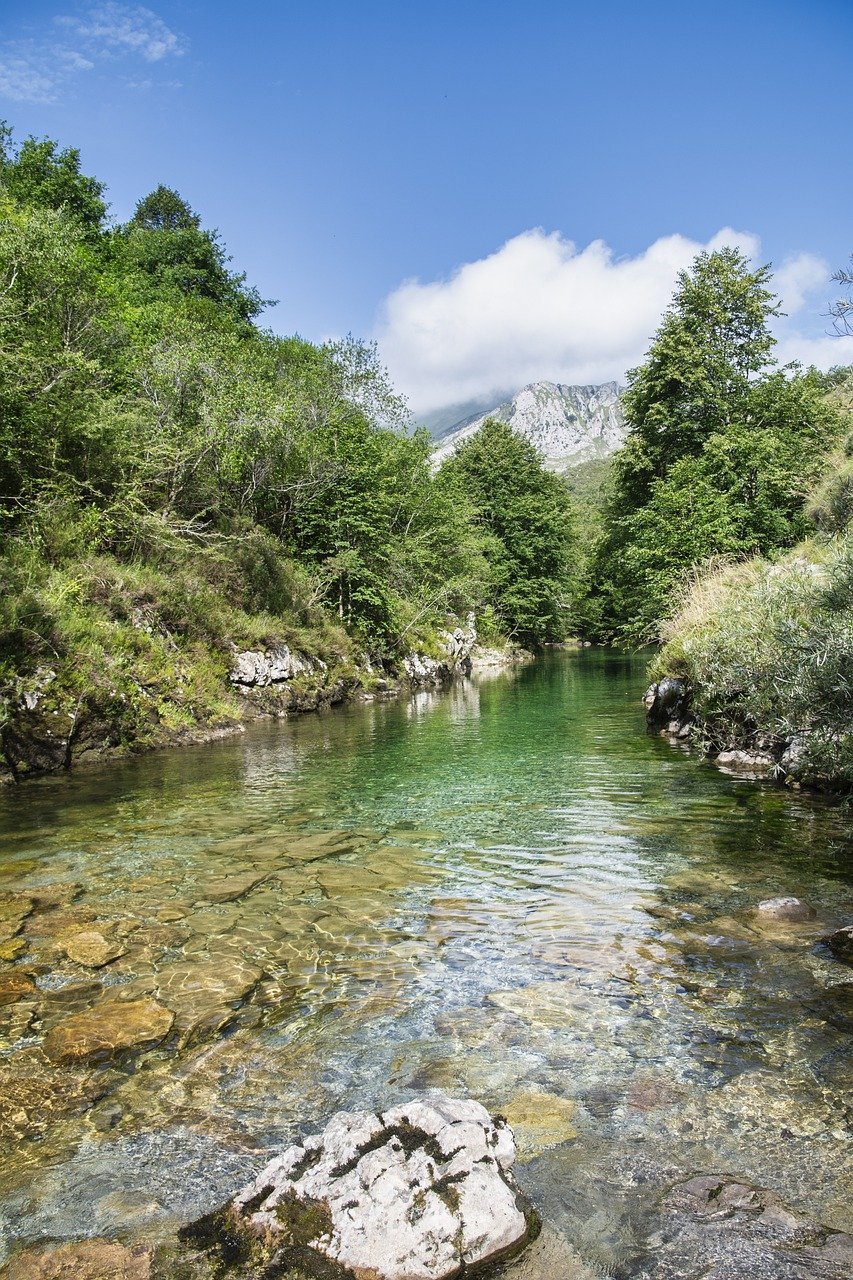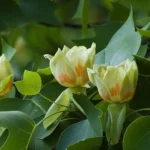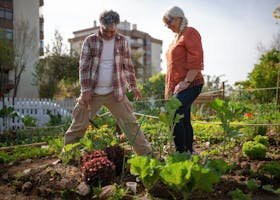Gardening is not just a hobby; it’s a deeply rewarding experience that connects us to the Earth in a way that is increasingly rare in our modern, fast-paced world. For beginners, home gardening offers a gentle entry into the complex world of nurturing life and witnessing the miraculous growth that follows. If you’re new to the world of gardening and are looking to plant your first seeds, this comprehensive guide is tailored just for you. We’ll walk through every step, from seed selection to harvesting, and even the joy of creating a sustainable ecosystem in your own backyard.
The Invaluable Garden
For centuries, people have turned to gardening for relaxation, to supplement their diet, and to maintain their health. More recently, the connection between growing one’s food and mental well-being has been rigorously studied, and the benefits are profound chlorophytum. Beginning a garden can reduce stress, improve mood, and offer a sense of accomplishment that can’t be found in the grocery store aisle.
Preparing for the Growth Spurt
One of the most exciting parts about home gardening is the anticipation of growth. But before you can see the fruits of your labor, there’s a bit of groundwork to lay.
Selecting the Right Plants
Knowing which plants to grow can seem daunting with so many options available. However, it needn’t be complicated. Focus on what you love to eat and what grows best in your region. Many gardening guides and nurseries provide information on ideal planting times for different types of vegetables, so start with a few of your favorites and build from there.
Do a Little Research
Spend some time researching your chosen plants. Are they annuals, which must be replanted each year, or perennials that will come back season after season? What are their space requirements, and do they have any special care needs? This knowledge will inform your garden plan and help you avoid common pitfalls.
Start from Seeds or Seedlings?
Beginners often ask whether it’s better to start with seeds or seedlings. The answer depends on the plant and your experience level. Some plants, like tomatoes, are relatively easy to start from seed at home. Others, like peppers, eggplant, and herbs, may require more specific conditions or can be purchased as seedlings from a local nursery.

Understanding Soil and Sunlight Requirements
Next to choosing the right plants, understanding your soil and sunlight is paramount. Most vegetables require full sun, which generally means six hours of direct sunlight a day. If you have shady spots, consider plants like leafy greens that can thrive with a bit less light.
Soil Health is Plant Health
Without good soil, your garden won’t thrive, no matter how much care you give it philodendron brandtianum. Check the pH of your soil to ensure it’s in the right range for your plants; many plants prefer a slightly acidic pH. If your soil is compacted, enrich it with organic matter like compost or well-rotted manure to improve its structure and nutrient content.
Sun and Water – The Dynamic Duo
Pay attention to the movement of the sun in your garden. Plants have different requirements, and what starts as a full sun area might shift to partial shade as the season progresses. Water is the other half of the equation – plants need it to photosynthesize and grow. Learn the specific water needs of each plant and adjust your watering schedule accordingly.
Essential Gardening Tools
A few fundamental tools can make your garden experience substantially more enjoyable and help you stay on top of all the necessary tasks.
The Core Set
Every gardener should have a few core tools: a good trowel for planting, a digging fork or shovel for soil prep, a watering can or hose, and a pair of secateurs for cutting. If you have the space and inclination, a wheelbarrow is also incredibly useful.
Safety First
Don’t forget about safety; invest in some quality gloves to protect your hands, a wide-brimmed hat and sunscreen to shield you from the sun, and sturdy shoes for support as you work.
Nurturing Your Garden
Once you’ve set the stage, it’s time to get those seeds in the ground and start tending to your garden’s growth.
Watering and Fertilizing Tips
Watering is an art in itself. Too much water can lead to rot or disease, but too little water will leave your plants wilted and struggling. Learn to read the signs, check the soil before you water, and practice a deep, less-frequent watering schedule to encourage healthy root growth.
Feed me, Seymour!
Plants get their energy from the sun, but they also need a variety of nutrients to grow and produce. Begin with a balanced fertilizer, and follow the application instructions carefully – over-fertilizing can be just as harmful as under-fertilizing. Many gardeners also find success with compost as a natural, slow-release fertilizer.
Pest Control Methods
Dealing with pests is an inevitable part of gardening, but there are many ways to manage unwanted visitors without resorting to harsh chemicals.
Prevention
The best pest control is often prevention. Keep your garden clean of plant debris, which can harbor pests. Rotate your crops each year – don’t plant the same thing in the same spot – to reduce the buildup of pests that target specific plants.
Natural Remedies
If you do spot pests, try using natural remedies before reaching for a pesticide. Insecticidal soaps and garlic or pepper sprays can be effective and are much safer for your plants, the environment, and beneficial insects like pollinators.
Seasonal Care Guide
Gardens change with the seasons, and so does the work involved in caring for them.
Spring Awakening
In spring, your garden will be coming to life. This is a time for planting, for cleaning up any winter debris, and for watching the miracle of growth unfold. Be diligent about pest control, as many pests also become active in spring.
Sizzling Summer
Summer is the busiest time in the garden. Keep on top of watering, and feed your plants as they start to fruit to encourage a bountiful harvest. Watch for signs of disease, and act quickly to treat any problems.
Fall Harvest and Beyond
Fall is a time for harvest and for cleaning up your garden beds. It’s also a great time to plant bulbs and cool-season crops like carrots and peas. After the harvest, consider planting a cover crop to enrich your soil over the winter months.
Harvesting and Enjoying the Fruits of Your Labor
This is the moment you’ve been waiting for – the time to enjoy the literal fruits (and vegetables) of your labor.
Know When to Pick
Each vegetable has a different clue for when it’s ready to harvest. For many, it’s simply a matter of size – a tomato is ready when it’s the size you expect of a tomato – but for others, like greens or herbs, it’s a matter of avoiding the flowering stage when their taste can become bitter.
Sharing the Bounty
One of the joys of gardening is the abundance that often comes with it. When your harvest is more than you can eat, share with your friends and neighbors, or consider donating to a local food bank.
Cooking with Homegrown Produce
There’s something special about cooking with produce you’ve grown yourself. Homegrown fruits and vegetables are often tastier and more nutritious than store-bought, and the satisfaction that comes from serving a dish made entirely from your own garden is hard to beat.
Sustainability in Home Gardening
Sustainability is more than a buzzword; it’s a way of life that is increasingly important in every aspect of our lives, including gardening.
Composting Benefits
Composting is the ultimate way to close the loop in your gardening efforts. Kitchen scraps, garden waste, and even paper products can be turned into nutrient-rich compost that will improve your soil, reduce the need for chemical fertilizers, and keep waste out of landfills.
Water Conservation Techniques
In many areas, water is a precious resource. Use it wisely in your garden by investing in a rain barrel to capture runoff, by mulching to reduce evaporation, and by choosing plants that are well-adapted to your climate and soil conditions so they’ll need less water overall.
Creating a Pollinator-Friendly Garden
Gardeners depend on pollinators to help their plants reproduce, but many pollinators are in decline. You can help by creating a welcoming environment for them in your garden. Plant a variety of wildflowers, herbs, and vegetables, and avoid using chemical pesticides that can harm them.




